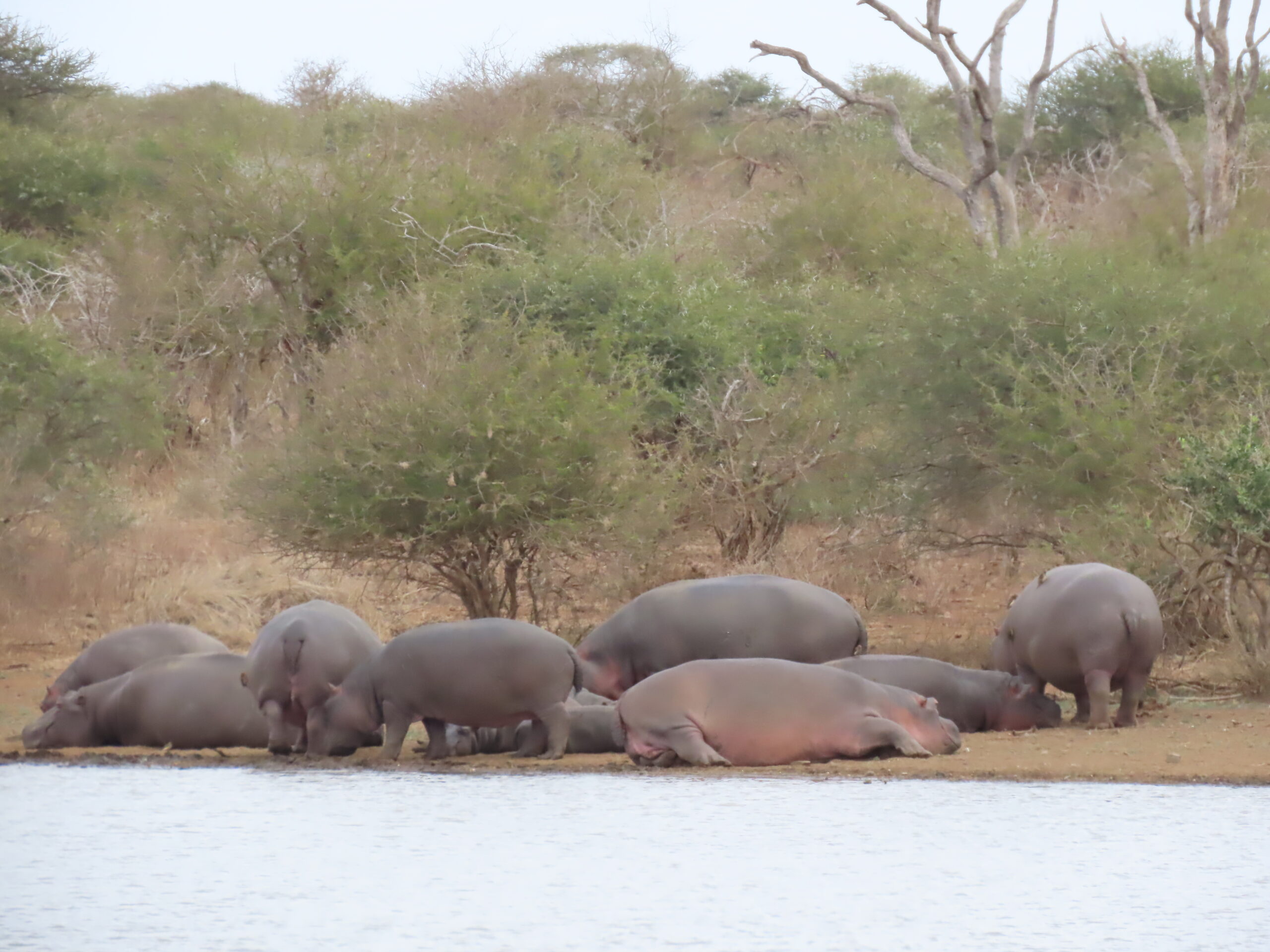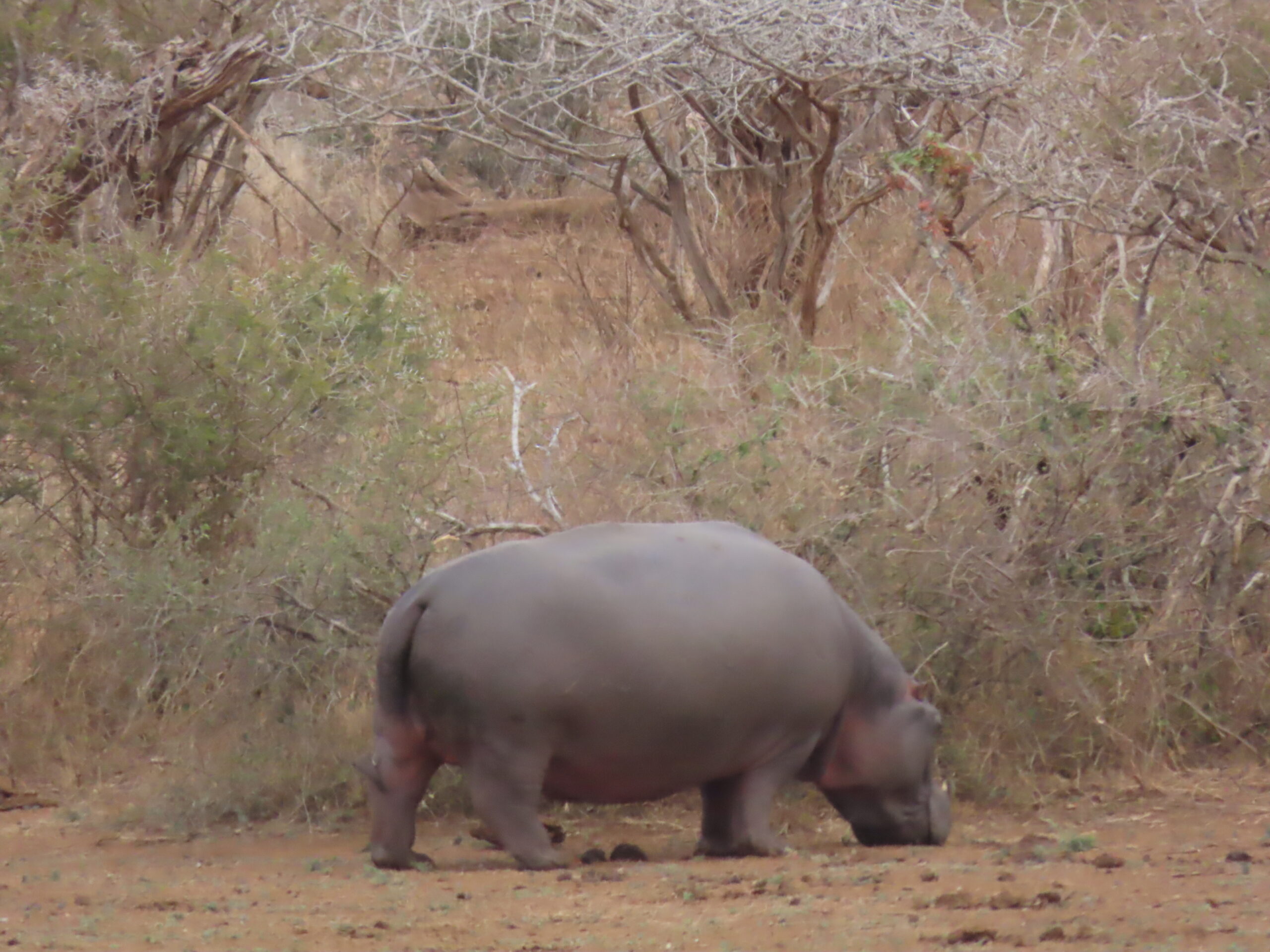
There’s no question about it; observing animals in the wild is unlike any other wildlife experience. Sure, we grasp the importance of zoos to provide the public, who May never visit Africa, to learn about their existence, conservation, and habitat. Reading from a book hardly provides an in-depth experience.
With more and more zoos throughout the world considering the well-being and conservation of wildlife while in their care, we animal-lovers are often less concerned and horrified about zoo habitats than we may have been years ago. Throughout our almost nine years of world travel, we have visited some “wildlife rehab centers” with the intent of feeling comfortable about the care and feeding of indigenous and non-indigenous wild animals.

In about half of the cases, we’ve been pleased with what we’ve seen. But, there have been cases where animals are treated as commodities, kept in small cages, unable to wander freely, and fed a poor diet, unsuitable for the species. These scenarios are undoubtedly criminal, as are the people who keep exotic animals in cages and pens on their property for bragging rights.
But, we have seen some fantastic zoos/rescue centers where the wildlife is provided ample space, companionship when suitable, and foods they may have foraged in the wild, along with quality medical care for rehabilitation purposes and daily care.

Many such facilities claim they have the intention of returning the rehabilitated animals to the wild. But after seeing how professionally and carefully that process is undertaken by the local Wild & Free Wildlife Rehabilitation Centre by curator Deidre and her support staff, we doubt many such facilities are willing or capable of returning animals to the wild with the care and diligence we’ve witnessed by this local facility.
One of the main factors preventing a triumphant return to the wild is excessive bonding with humans, especially when animals may become dependent upon care from humans, preventing them from foraging. If an animal has been fed while living in a cage for an extended period, it’s unlikely it’ll ever be able to hunt for food, resulting in an untimely and painful death.

Yesterday, while in Kruger, it was rewarding to see the wildlife appearing robust and healthy. Although this has been a dry winter and the bush here in Marloth Park, there are many green areas, enabling the herbivore and omnivore animals to find sufficient vegetation to survive and the carnivores able to hunt for healthy sources of food.
The problem with animals in Marloth Park, which prompts many of us to feed them during the winter months, is that they don’t have access to distant, greener, more affluent areas to forage. Although Marloth Park is almost seven square miles, 3000 hectares, 7413 acres, it isn’t large enough during the dry season to fully support the needs of the abundant wildlife. That fact results in many of us choosing to feed as much as we can afford.

Many disagree with humans feeding the animals in Marloth Park. But, based on these circumstances, many of us feel compelled to do so. Seeing the animals with full bellies as they wander from bush house to bush house gives many of us great comfort in knowing they are eating. Right now, the bush is brown and dry.
This morning, I noticed Bossy eating a non-indigenous plant that survived thus far this winter in an attempt to eat some “greenery,” of which there is little. It’s a challenging scenario when the wildlife starts eating the equivalent of “house plants.” It becomes impossible for many of us to avoid feeding them. Of course, there are two schools of thought on this topic, the other being “let nature take its course” and all that it entails. Perhaps it’s our own selfish desire to prevent that course since we don’t want to see it. Understood.

We’re thrilled to share these hippo photos today, and over the next few days, we have plenty of other species photos to share.
Soon, I’m off with Fiona for another pedicure while her significant other, friend Alan, will visit with Tom while she and I are gone. It should be a fun afternoon in the bush.
May you have a rewarding and meaningful day!
Photo from one year ago today, August 12, 2020:

